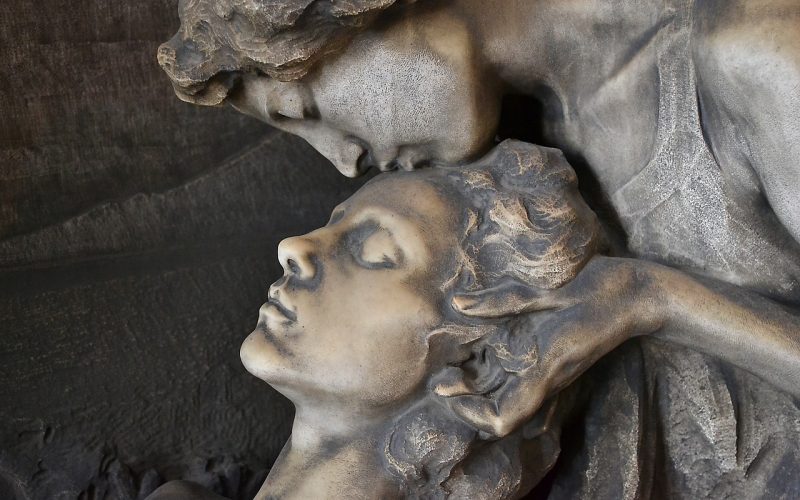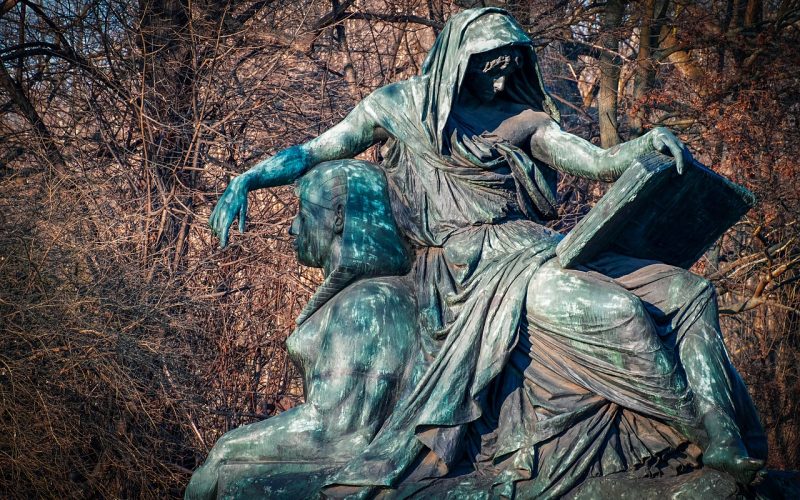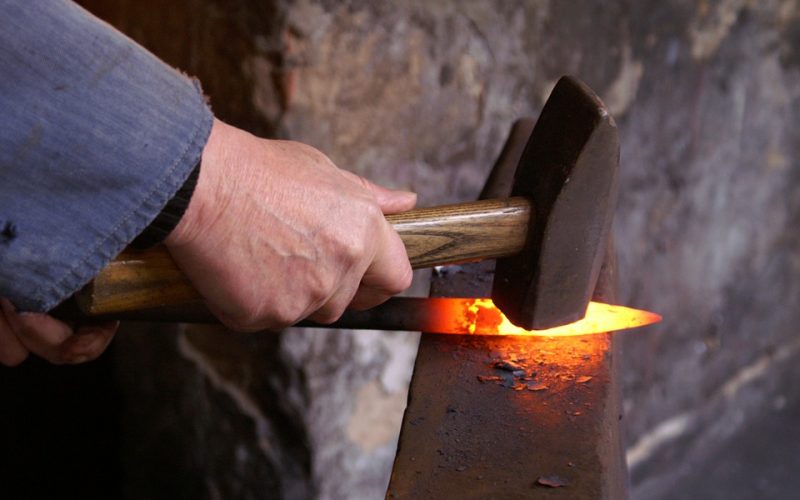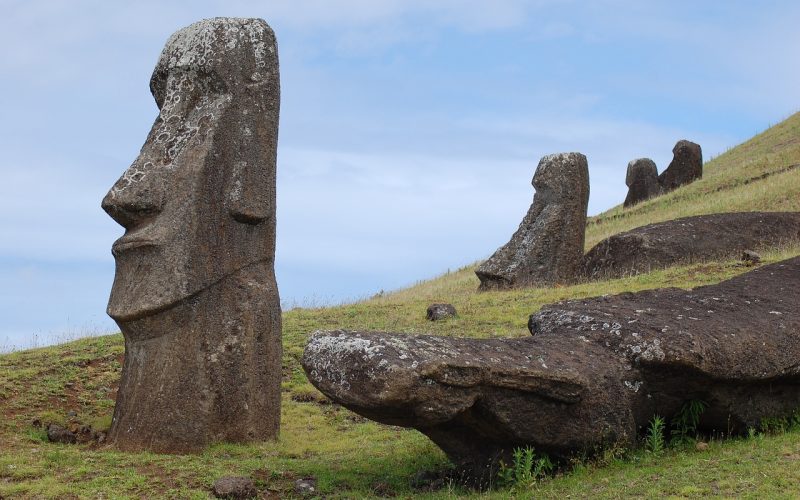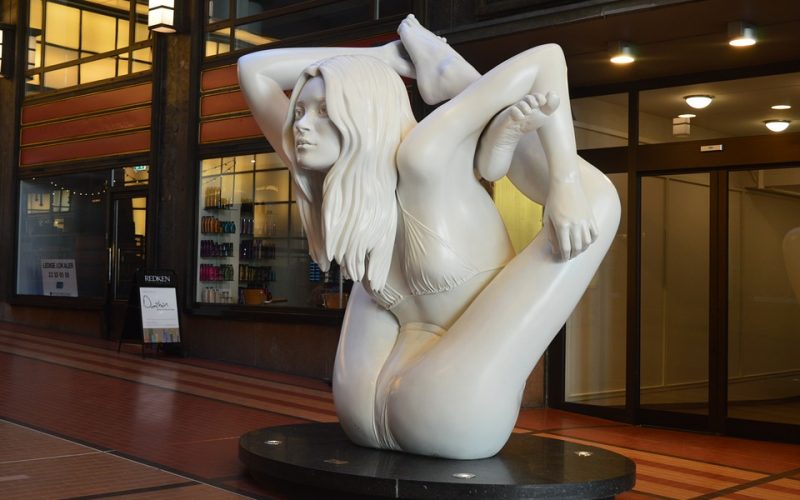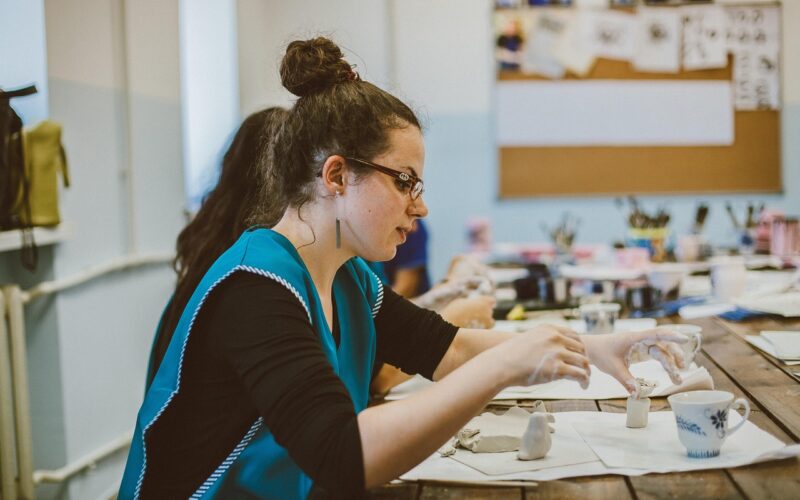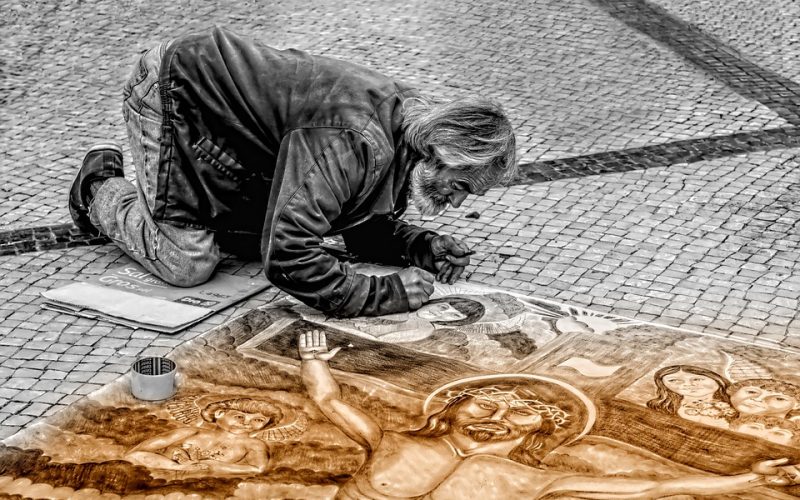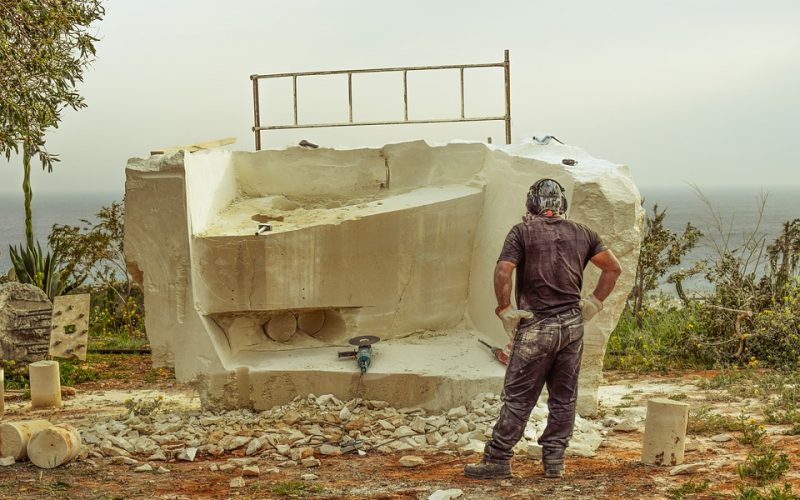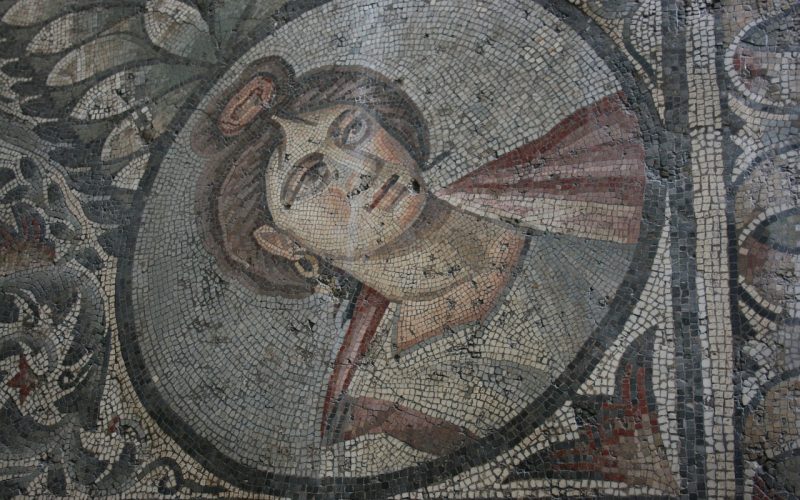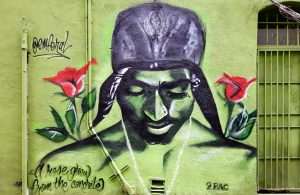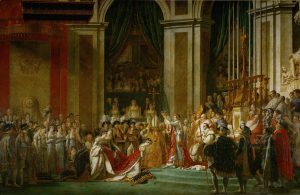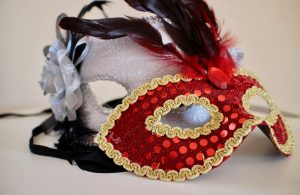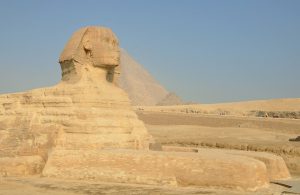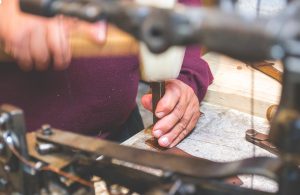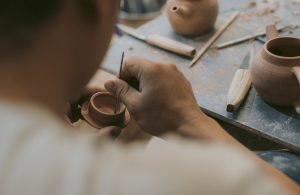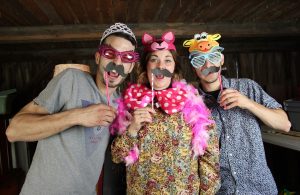The art of sculpture has long been a pillar of human creativity, serving as a medium to express culture, religion, and innovation. From the grand statues of antiquity to the abstract forms of modern art, sculpture has evolved significantly over the centuries. This evolution has been deeply influenced by technological advancements that have transformed not only how sculptures are made but also how they are perceived and experienced.
The beginnings of sculpture
Sculpture is one of the oldest forms of artistic expression, with its roots tracing back to prehistoric times. Early humans carved small figures from bone, ivory, and stone, often depicting animals or fertility symbols. These early sculptures were primarily functional, serving as tools, talismans, or religious icons. The advent of civilization saw the rise of monumental sculptures, such as the Great Sphinx of Giza and the statues of Pharaohs, crafted to convey power, divinity, and legacy.
The classical era and its advancements
The classical period marked a significant shift in sculpture making, with the Greeks and Romans introducing new techniques and materials. Artists began to focus on realism and naturalism, producing lifelike statues in bronze and marble. Innovations during this time included the use of the lost-wax casting method and chiselling techniques that allowed for more intricate details. The sculptures of this period not only celebrated the human form but also explored themes of mythology, politics, and philosophy.
The renaissance and the birth of modern sculpture
The Renaissance was a period of artistic rebirth, drawing inspiration from classical antiquity while pushing the boundaries of creativity. Sculptors like Michelangelo and Donatello revolutionised sculpture with their mastery of anatomy, emotion, and perspective. This era saw the introduction of new materials and techniques, such as terracotta and wood carving, which expanded the possibilities of sculpture. The emphasis on individual expression and innovation laid the groundwork for the diverse styles of modern sculpture.
The impact of industrialisation
The Industrial Revolution brought about dramatic changes in the production of sculptures. New materials like steel and aluminium became available, and mechanisation allowed for mass production of sculptural works. Artists began to experiment with these materials, exploring themes of industrialisation, urbanisation, and modernity. The introduction of photography and film also influenced sculpture, challenging traditional notions of space and form and inspiring kinetic and interactive sculptures.
The digital age and technological innovation
In the digital age, technology has become an integral part of sculpture making. 3D printing, computer-aided design (CAD), and virtual reality have opened up new avenues for creativity and collaboration. Artists can now create complex structures with precision and replicate intricate details with ease. Digital tools allow for experimentation with form, scale, and texture, enabling sculptors to push the boundaries of what is possible. Additionally, technology has democratized art, making sculpture more accessible to a global audience through digital galleries and online platforms.
The future of sculpture
The fusion of art and technology continues to shape the future of sculpture. Artists are exploring new frontiers, from bio-art and augmented reality installations to eco-friendly materials and sustainable practices. The rise of artificial intelligence and machine learning presents exciting possibilities for collaborative creation, where artists can work alongside intelligent systems to generate innovative artworks. As technology evolves, so too will the art of sculpture, continuing to reflect the complexities of the human experience.
The history of sculpture is a testament to humanity's enduring quest for expression and innovation. From ancient carvings to digital masterpieces, sculpture has evolved alongside technological advancements, continually redefining its purpose and potential. As we look to the future, the interplay between art and technology promises to inspire new forms of creativity and connection in the world of sculpture.
